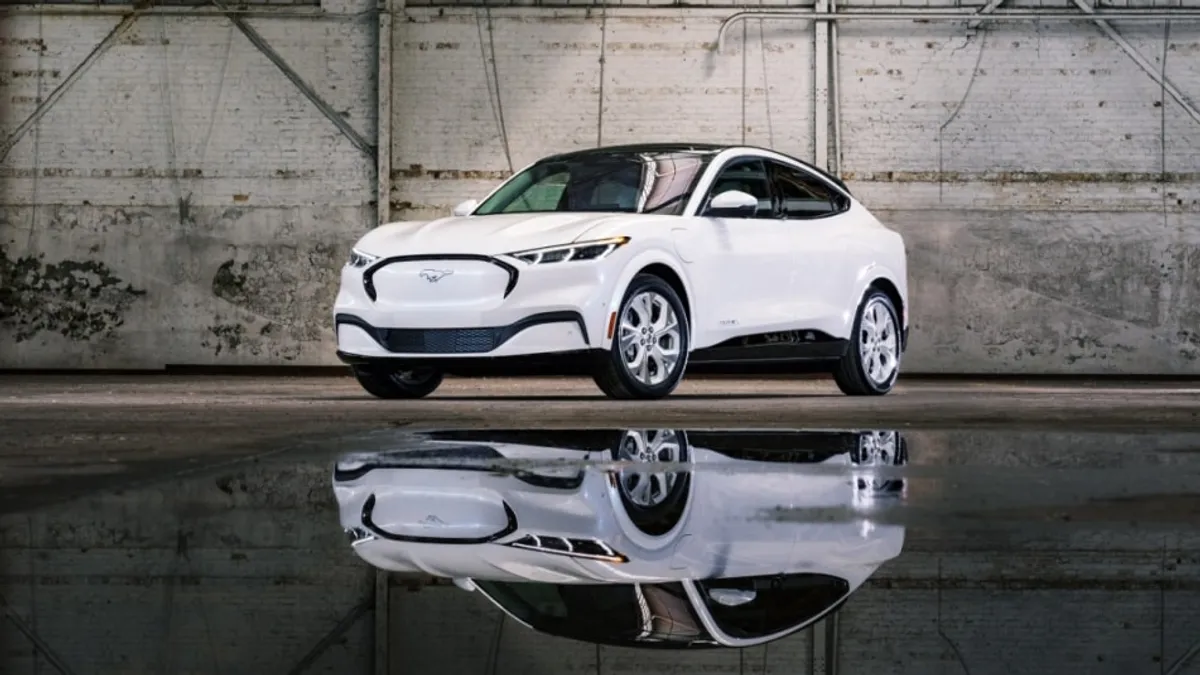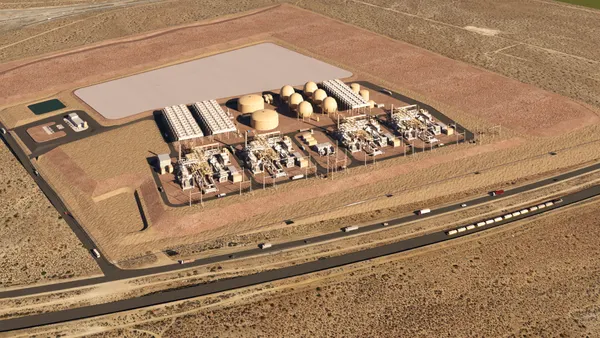Researchers at the Oak Ridge National Laboratory say they’ve developed a cleaner, cheaper and more efficient way to make a high-capacity cathode material used in lithium-ion batteries for cell phones, electric vehicles and appliances.
Sustainably producing energy-dense cathodes is key to decarbonization and meeting rising demand for electric cars. But dependence on cobalt, a foreign-sourced rare metal, presents risks to U.S. manufacturing supply chains and transportation, researchers say.
Industry and researchers are increasingly focused on emerging battery technologies that use domestic minerals and elements because supply chain constraints are slowing development of lithium-ion battery storage.
The balance of other metals common in cathodes also can make the manufacturing process lengthier and more hazardous. Using toxic chemicals for cathode production, for example, increases costs, increases health and environmental concerns and wastes water to reduce acidity, according to researchers.
Lithium-ion batteries include a cathode and anode and an electrolyte in between, with ions moving through the electrolyte in a reaction converting chemical energy to electrical energy.
Oak Ridge researchers report in the Journal of Power Sources they have developed a method to make a new class of high-capacity cathode material without cobalt. Their approach crystallizes the cathode, using metals dissolved in ethanol instead of stirring cathode materials with chemicals in a reactor. The ethanol is safer to store and handle than ammonia and can be distilled and reused.
“This novel process offers the key advantage of moving the cathode industry to cleaner and more cost-competitive production while putting less burden on our environment,” said Ilias Belharouak, the principal investigator.
A patent is pending on the technology, which is ready to be scaled up for commercial production, lead researcher Rachid Essehli said.
The hydrothermal synthesis method also is faster, reducing to 12 hours from as many as a few days to make particles and prepare for the next cathode batch, he said. In addition, the material produced was better at maintaining stability during the battery charge cycle: It has more uniform, round, tightly packed particles ideal for a cathode, Essehli said.
And the cathode material can give more energy and cut the cost of electric car batteries, he said.















